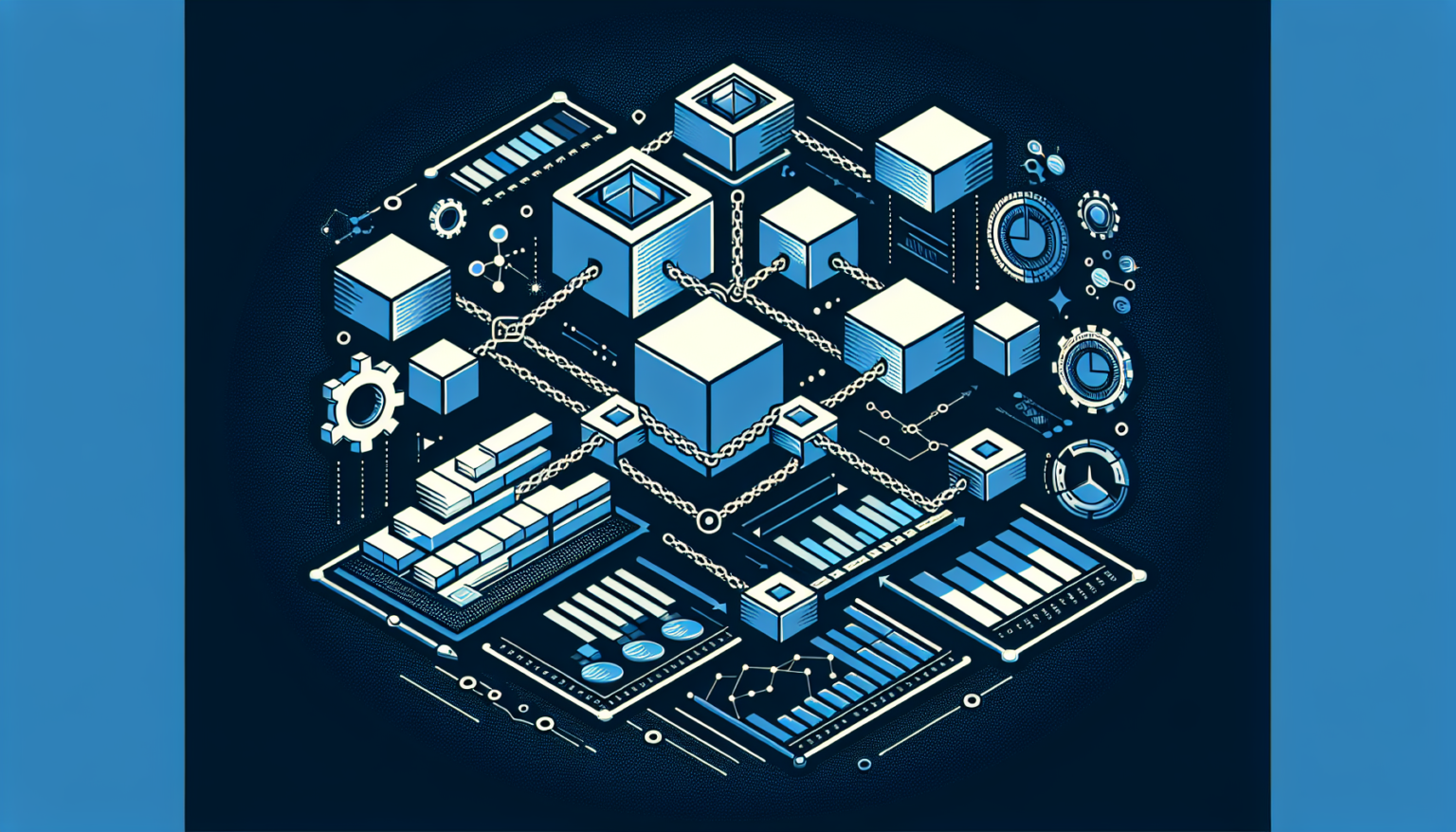Understanding Blockchain Platforms
Blockchain technology has gained immense popularity over the last decade, leading to the emergence of various blockchain platforms. Each platform has unique features that cater to different use cases, making it essential to understand what sets them apart.
Key Features of Blockchain Platforms
When comparing blockchain platforms, several key features stand out. Let’s dive into these features and see how they influence the choice of a platform.
Consensus Mechanisms
Consensus mechanisms are the backbone of blockchain technology, determining how transactions are verified and added to the blockchain.
Proof of Work (PoW)
Proof of Work is perhaps the most well-known consensus mechanism, famously used by Bitcoin. It requires miners to solve complex mathematical problems, making it secure but energy-intensive.
Proof of Stake (PoS)
In contrast, Proof of Stake allows validators to create new blocks based on the amount of cryptocurrency they hold and are willing to “stake.” This approach is more energy-efficient and has been adopted by platforms like Ethereum 2.0 and Cardano.
Scalability
Scalability refers to a blockchain’s ability to handle an increasing number of transactions. Different platforms approach scalability in various ways.
Layer 1 Solutions
Layer 1 solutions involve improving the base layer of the blockchain itself. For instance, Ethereum is undergoing updates (EIP) to increase transaction speeds and reduce costs.
Layer 2 Solutions
Layer 2 solutions, like the Bitcoin Lightning Network, operate on top of the main blockchain. They facilitate faster and cheaper transactions, enhancing the overall scalability of the blockchain.
Smart Contract Capabilities
Smart contracts are self-executing contracts with the terms of the agreement directly written into code. The ability to create and manage smart contracts varies across platforms.
Ethereum
Ethereum is renowned for its robust smart contract functionality, allowing developers to build decentralized applications (dApps) with ease. Its native programming language, Solidity, has become the standard for smart contract development.
Other Platforms
Other platforms like Binance Smart Chain and Solana also offer smart contract capabilities but with different programming languages and frameworks, attracting diverse developer communities.
Interoperability
Interoperability is the capability of different blockchains to communicate and share information with each other.
Polkadot
Polkadot is designed for interoperability, featuring a unique architecture that allows multiple blockchains to operate together. This capability enables the transfer of assets and data across different chains seamlessly.
Cosmos
Cosmos also focuses on interoperability, allowing independent blockchains to connect and share information. Its Inter-Blockchain Communication (IBC) protocol facilitates this interaction.
Governance Models
Governance models determine how decisions are made within a blockchain network, affecting everything from protocol changes to community participation.
On-chain Governance
On-chain governance allows token holders to vote on changes directly within the blockchain protocol. This model is utilized by platforms like Tezos and Dash, fostering community involvement.
Off-chain Governance
Off-chain governance means that decisions are made outside the blockchain network. Bitcoin often relies on off-chain discussions among developers and stakeholders to make decisions, which can be slower and less democratic.
Comparing Popular Blockchain Platforms
Now that we’ve broken down critical features, let’s put that into context by comparing some of the most popular blockchain platforms.
Bitcoin
Bitcoin is the first and most widely recognized blockchain, primarily serving as a digital currency.
Key Features
– Consensus: Proof of Work
– Scalability: Limited by block size and transaction processing time
– Smart Contracts: Very basic functionality
– Governance: Off-chain discussions
Use Cases
Bitcoin is primarily used for peer-to-peer transactions and as a store of value. It’s widely adopted for remittances and as an investment asset by individuals and institutions.
Ethereum
Ethereum is the leading platform for smart contracts and decentralized applications.
Key Features
– Consensus: Moving from Proof of Work to Proof of Stake
– Scalability: Layer 1 and Layer 2 solutions
– Smart Contracts: Robust functionality with Solidity
– Governance: Off-chain, primarily through community consensus
Use Cases
Ethereum is used for various applications, including DeFi (decentralized finance), NFTs (non-fungible tokens), and dApps. Its flexibility allows developers to create custom solutions, making it a hotbed for innovation.
Cardano
Cardano focuses on sustainability and scalability, making it an attractive platform for academic and commercial applications.
Key Features
– Consensus: Proof of Stake
– Scalability: Enhancements through sidechains
– Smart Contracts: Introduced with Alonzo upgrade
– Governance: On-chain governance model
Use Cases
Cardano is ideal for use cases requiring extensive verification and sustainability, such as supply chain management, identity verification, and educational credentials.
Binance Smart Chain (BSC)
BSC has been designed for high throughput and low transaction costs.
Key Features
– Consensus: Proof of Staked Authority
– Scalability: High transaction speed and low fees
– Smart Contracts: Compatible with Ethereum’s tooling
– Governance: Centralized to a degree
Use Cases
BSC is popular for DeFi projects, enabling users to swap tokens and provide liquidity with minimal fees. It has gained traction due to its compatibility with Ethereum-based dApps.
Solana
Solana is known for its lightning-fast transaction speeds and growing ecosystem.
Key Features
– Consensus: Proof of History combined with Proof of Stake
– Scalability: Designed for high throughput
– Smart Contracts: Programmed in Rust, C, or C++
– Governance: Off-chain governance
Use Cases
Solana has become a favored platform for DeFi and NFT projects due to its high performance. It’s suitable for applications requiring quick confirmation times and lower costs.
Choosing the Right Blockchain Platform
Selecting the best blockchain platform depends on the specific needs of your project. Whether you prioritize security, speed, or smart contract functionality, understanding these comparisons can guide you in making an informed decision.
Exploring the nuances of each blockchain platform allows businesses and developers to align their goals with the right technology, paving the way toward innovative applications in an increasingly decentralized world.








